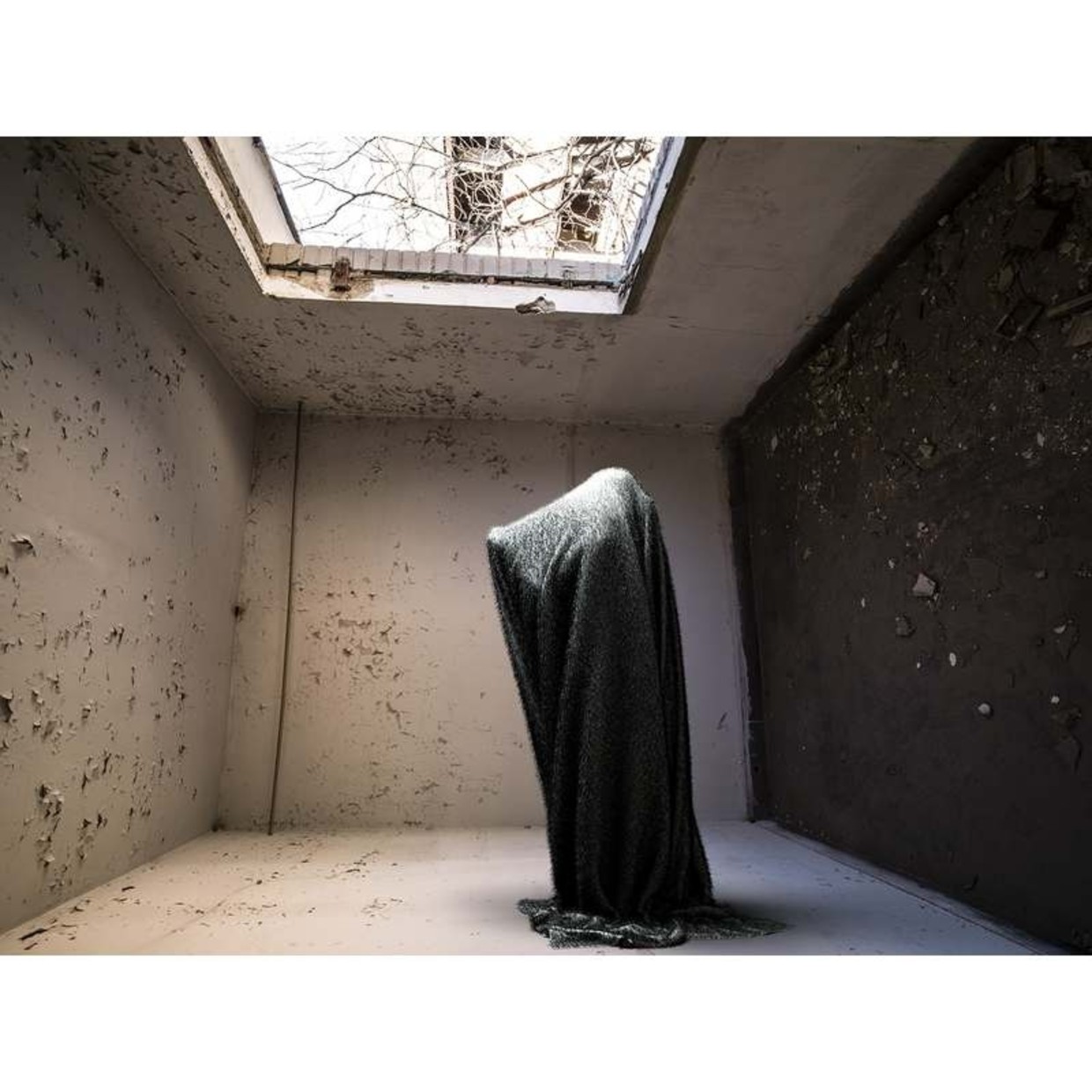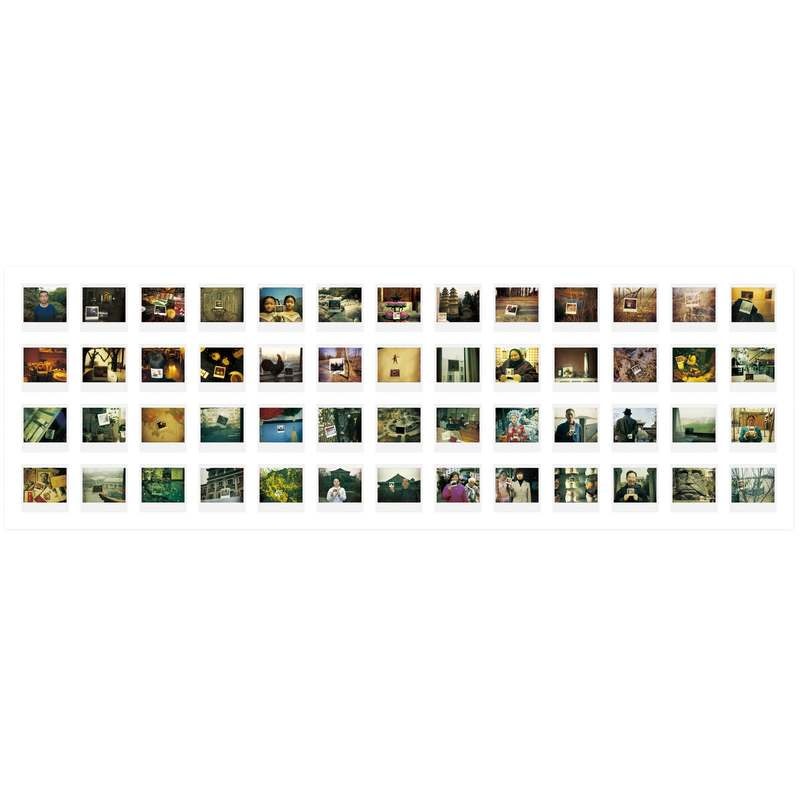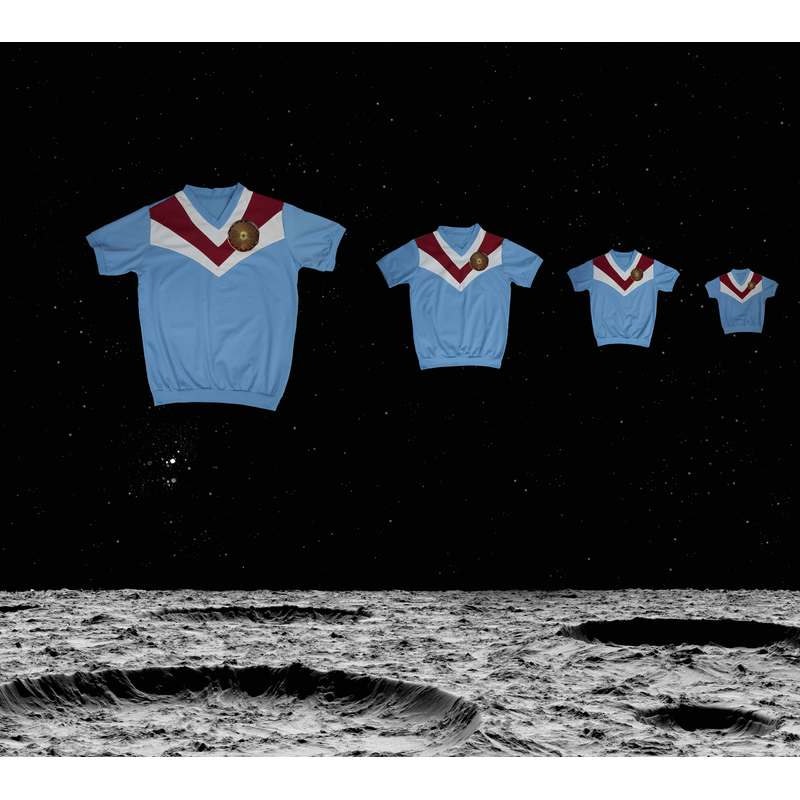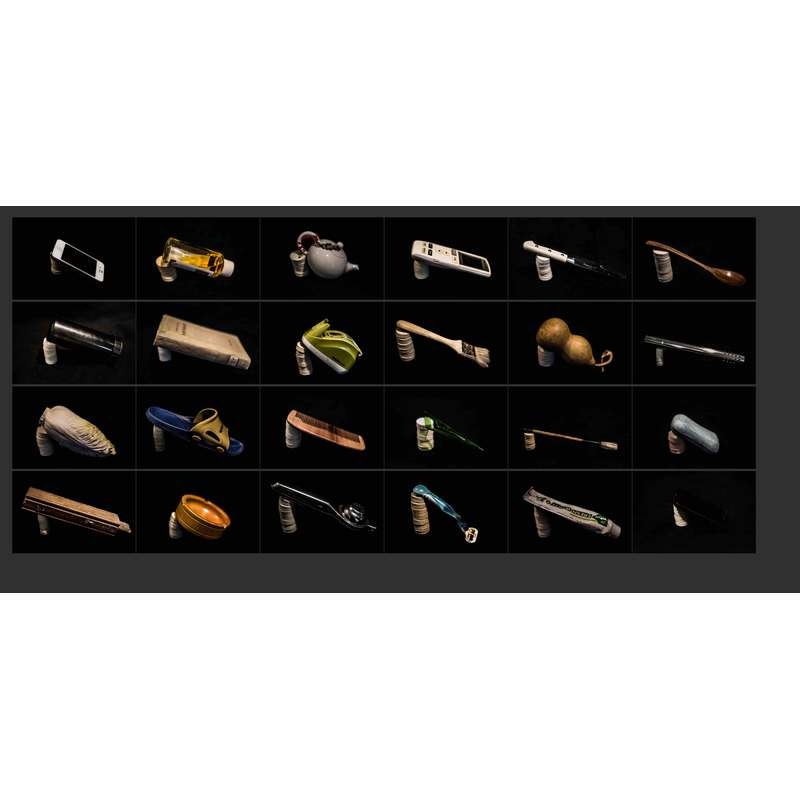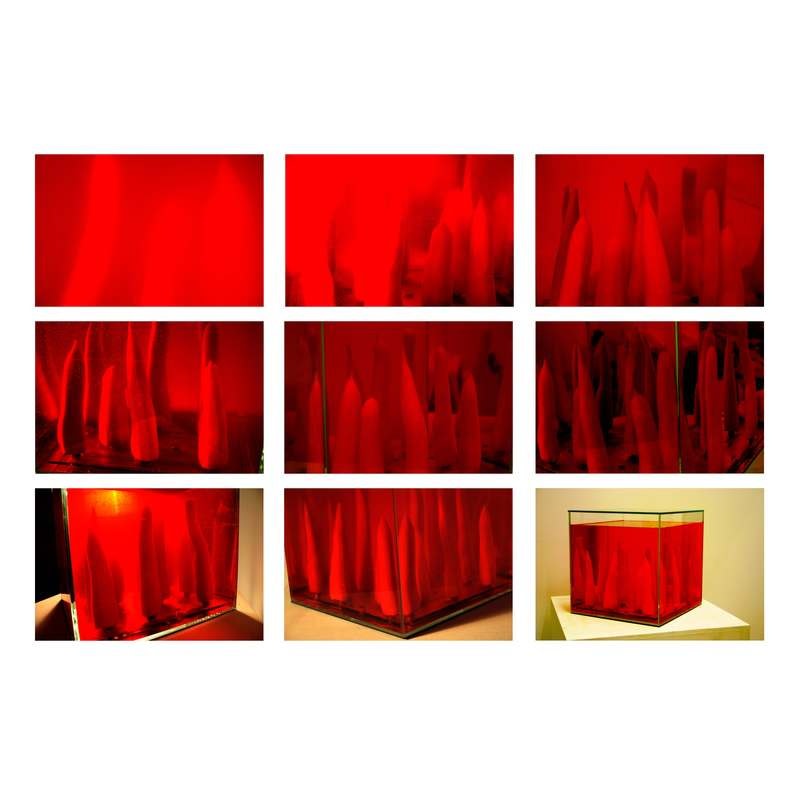UNCERTAIN TRACES
Ai Moyang, Hu Weiyi, Li Bo, Meng Huang, Mo Junfeng, Qin Jin, Zhang Zhujun, Zheng Hongchang(All are Chinese)
DU XIYUN
Being open to the future is a prerequisite for stimulating creativity. In this process, diverse patterns are formed in their most natural way. China today, having sustained many years of fast-paced economic growth, has driven all kinds of change, some with immediate effect and some where the impact has been slower to emerge.
A vast country, in terms of space and population, China holds a wealth of generations, regions, gender differences, identities, and classes. People are ever more different from each other, and these rich micro-distinctions arise from the very complexities of being. This is the most attractive thing about modern China, but also the root of many of its issues, attitudes and methods. Of course, uncertainty is everywhere, and even if developed countries in the West have determined concepts and attitudes, these are again ambiguous and subject to uncertainty and change.
As a type of order, contemporary culture has clear bases, and on these bases all sorts of possibilities can develop freely. In modern China, individuals are running around all over the place, but is there a clear sense and active pursuit of contemporary culture? Or, in the pursuit of economic gain, is there a clear sense of the connections between the orders? What kind of understanding is there? Only by carefully identifying the specific circumstances of individuals can we have any real experience of such issues.
For the artist, corporeal existence is the most genuine thing about everyday life. Beyond that, the artist's work is a way to position feelings and assumptions, form relations between things using specific forms, and externalise their location. The closer the tools are to the possibilities of the flesh, the smoother this expression will be. With daily skills for everyone, and the threshold of photographic ability has almost disappeared. At this time, the border between professional and amateur has turned to the curation of experience and the quality of thought.
So, in the context of the festival, the participants of this exhibition are not professional photographers, but rather are frequent users of the tools and methods of photography to express themselves. If photographers have strict tricks of the trade, these exhibitors do not follow the rules. For their own purposes of expression, their methods are self-sufficient.
The perspectives, attitudes and ideas expressed in these works reveal how differently artists see things given their
various ages, genders and regional origins: Mo Junfeng uses documentary photographic techniques as far as possible to capture the maze of multiple fragments of China; Ai Mo Yang combines photos and computer generated virtual images, so that the ruins of the invisible psychological state can magically become real; Li Bo slows down the shutter speed to capture the naked body on a dark campus night; Hu combines photography and installation, a flash of quiet fluorescent light passes through a young body and other equipment, fishing out life’s inexplicable nature in time and space; Qin Jin takes Chinese young people's emblems, slogans, school uniforms, and offers a psychological account of the mixed feelings young people have in their vast mental universe. Both Meng Huang and Zhang Zhujun use archival methods in creating regular images. Although the logic of the combination is different, both are quite conscious of the particular living environments they find themselves in and question; Zheng Hongchang’s composition uses genetically modified radishes and blood as his model, to create a concrete, visual image, turning the common situation of people living in China into an abstract that almost no one can stay out of.
These intuitive works reveal a lot about China. Compared with the past, changes now happen anytime and anywhere, and their whereabouts may twist and turn, without recourse to a reverse. No matter their differences, artists share a concern for the fate of the individual and a hope in a more open future. This is the instinctive call of life, however expressed. Because human nature has never changed, despite our ever increasing number of options.
